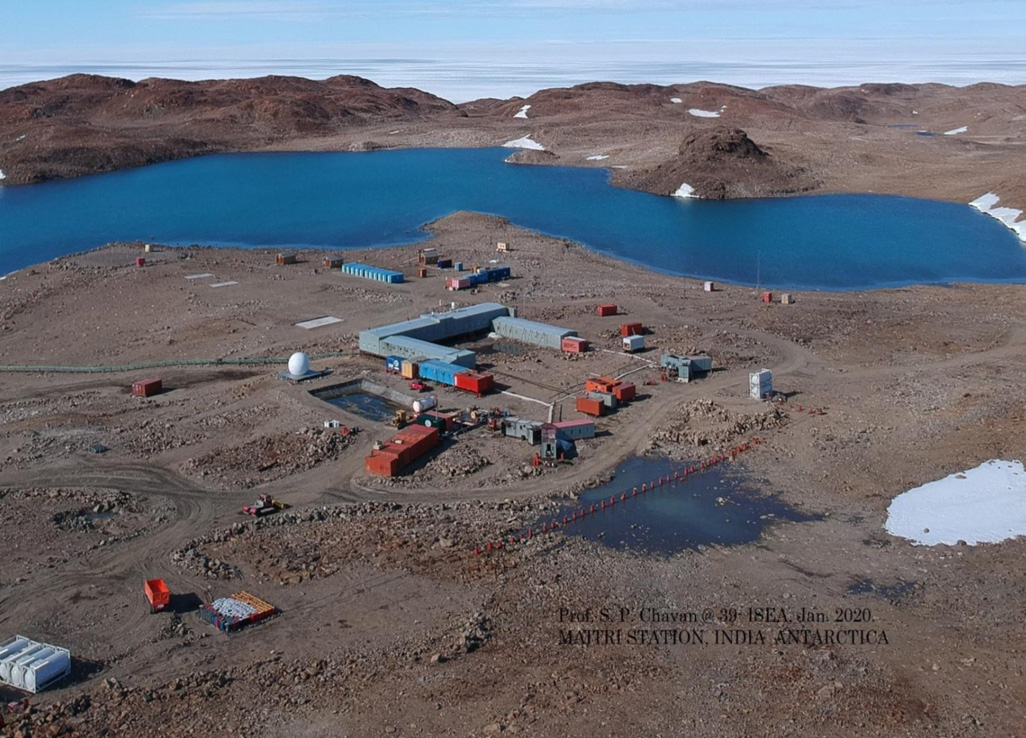Abstract: A hailstorm is a thunderstorm that produces ice as precipitation. Hailstorms can cause serious damage to crops and property. In India, hailstorms mostly affect the northeast and western Himalayas, with the maximum strikes in March and April.
TO READ THE FULL ARTICLE
Already have an account? Log In
Keep reading with one of these options :
OR
Free
Limited Articles
Create an account
